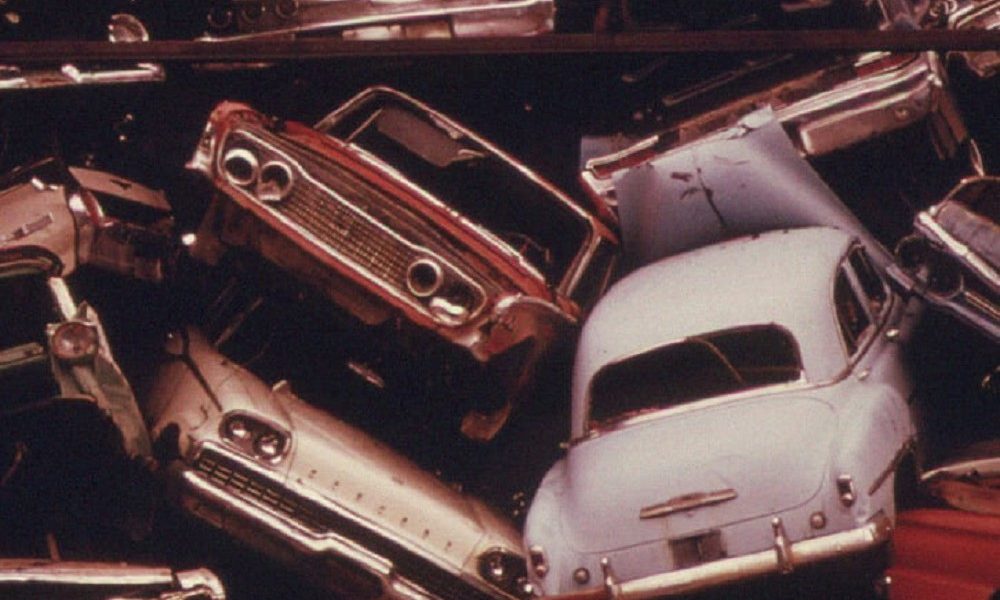
The History of Cars through the Lens of Witold Rybczynski’s Garage

More inDriving
-
`
How to Safely Drive Away from Wildfires – Essential Tips
Wildfires are unpredictable and dangerous, often spreading rapidly with little warning. A video from the Los Angeles wildfires showed abandoned cars...
February 1, 2025 -
`
Can Your Car Keep You Safe During an Emergency?
Natural disasters such as wildfires, hurricanes, and floods can occur unexpectedly, leaving little time to prepare. In such situations, your car...
January 25, 2025 -
`
Tesla Reveals 2025 Model Y Juniper – Here’s What’s New!
Tesla has revealed the 2025 Model Y Juniper, a refreshed version of its best-selling electric SUV. This update enhances design, comfort,...
January 25, 2025 -
`
How to Check Transmission Fluid for Optimal Car Performance
Maintaining your vehicle’s transmission is just as essential as other routine car maintenance tasks like oil changes or tire rotations. Knowing...
January 18, 2025 -
`
Sutton Foster and Hugh Jackman Spark Romance on L.A. Date Night
Hollywood is abuzz with the latest photographs of Hugh Jackman and Sutton Foster, who appear to be confirming their romance during...
January 16, 2025 -
`
How to Fix Car Window Off-Track and Align It Properly
When your car window gets stuck or misaligned, it’s often due to an off-track issue. Learning how to fix car window...
January 10, 2025 -
`
How to Drive a Stick Shift: A Quick Guide for Manual Beginners
Driving a stick shift requires coordinating the clutch, brake, and accelerator to control a car with a manual transmission. Manual cars...
January 3, 2025 -
`
Why Drowsy Driving Is Just as Dangerous as Drunk Driving
Drowsy driving poses a serious risk to road safety, yet many underestimate its dangers compared to drunk driving. The National Sleep...
December 27, 2024 -
`
Where Is Hyundai Made? A Look Inside Global Manufacturing Hubs
Hyundai vehicles dominate roads worldwide, offering reliability and innovation. Yet, only some people know where these cars are actually made. The...
December 20, 2024

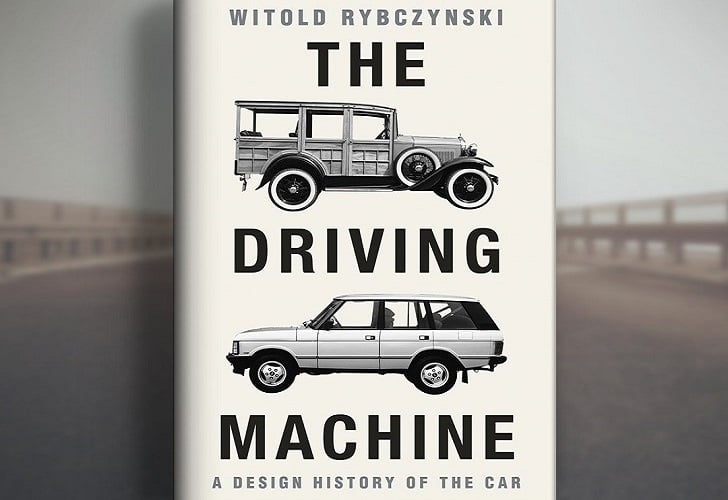
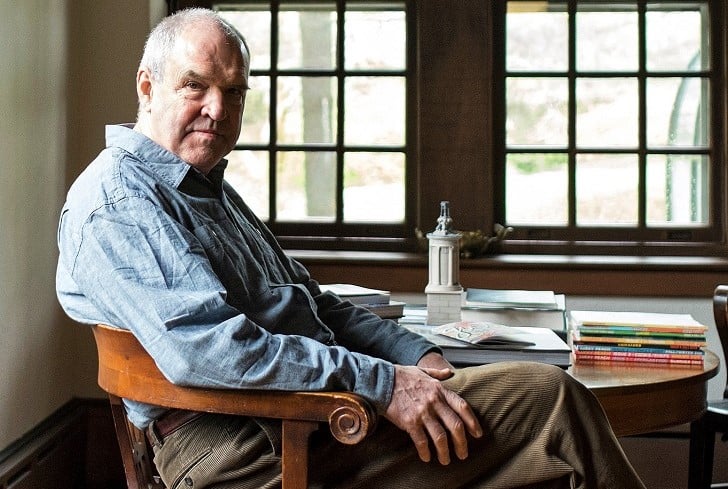


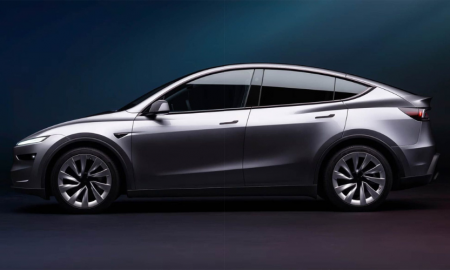



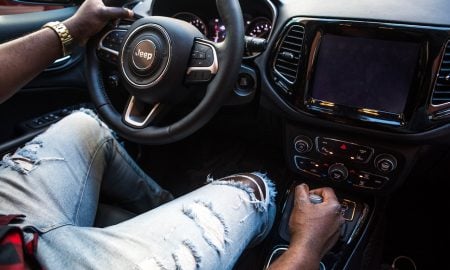







You must be logged in to post a comment Login